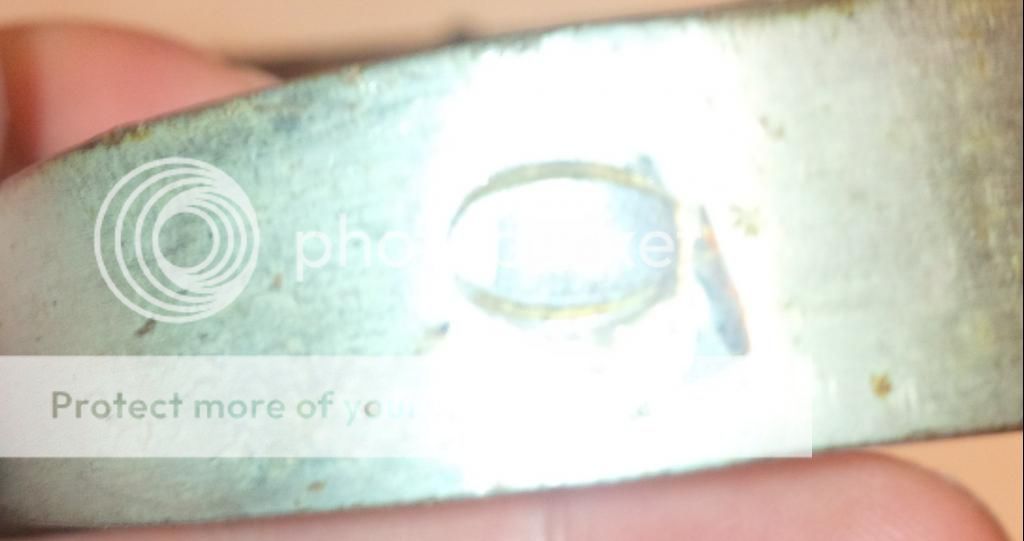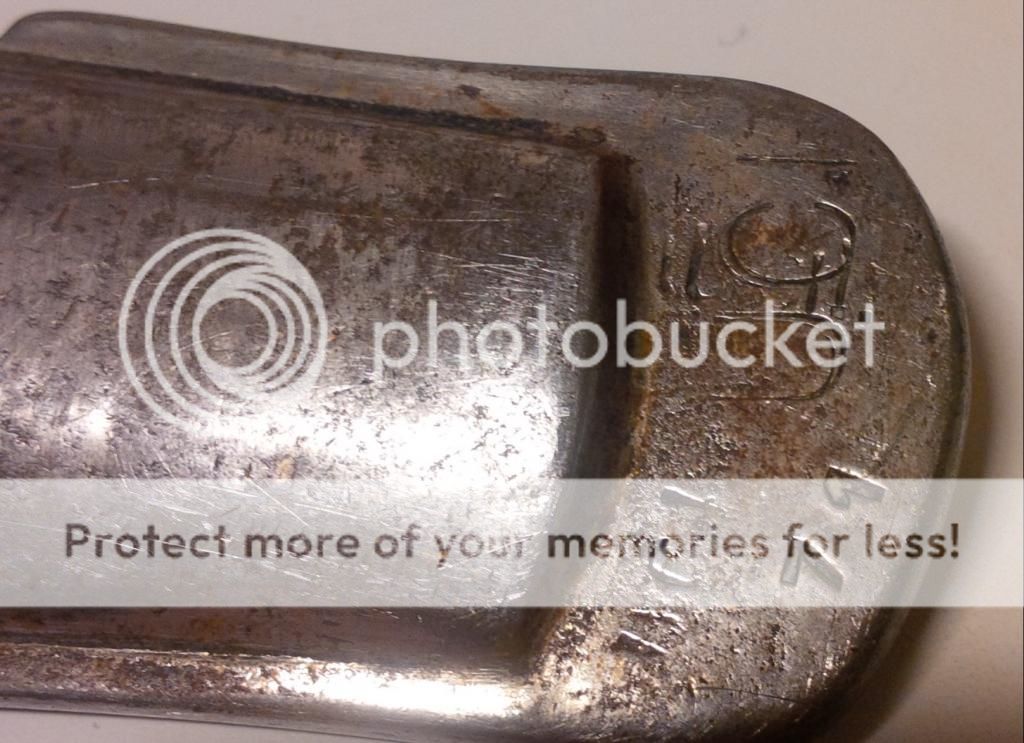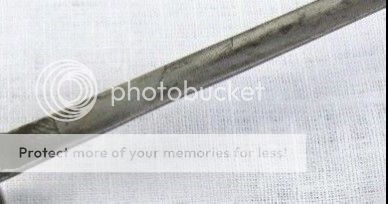- Joined
- Aug 16, 2011
- Messages
- 1,386
Man, waiting for shipping from all the way over there must be killing you! Can't wait to see the Mandaus.
My other two sabers should be here Monday. Hopefully they won't be chewed up like this one. The other two are cavalry sabers so maybe they didn't participate in as many sword fights as this one.
It does make you wonder, though. Can these mid 1800's swords hold up to heavy use? It seems like they'd be ruined if they ever had to clash swords with the enemy.
Here's a few more markings. There's a big 0 on the guard.

And a bunch of markings on the end of the scabbard.

Two of the marks say UCI. One is on top of another mark I can't make out. There's also a 71 I assume is original. There's also a 14 on the ricasso below the makers mark.
My other two sabers should be here Monday. Hopefully they won't be chewed up like this one. The other two are cavalry sabers so maybe they didn't participate in as many sword fights as this one.
It does make you wonder, though. Can these mid 1800's swords hold up to heavy use? It seems like they'd be ruined if they ever had to clash swords with the enemy.
Here's a few more markings. There's a big 0 on the guard.

And a bunch of markings on the end of the scabbard.

Two of the marks say UCI. One is on top of another mark I can't make out. There's also a 71 I assume is original. There's also a 14 on the ricasso below the makers mark.
Last edited:









